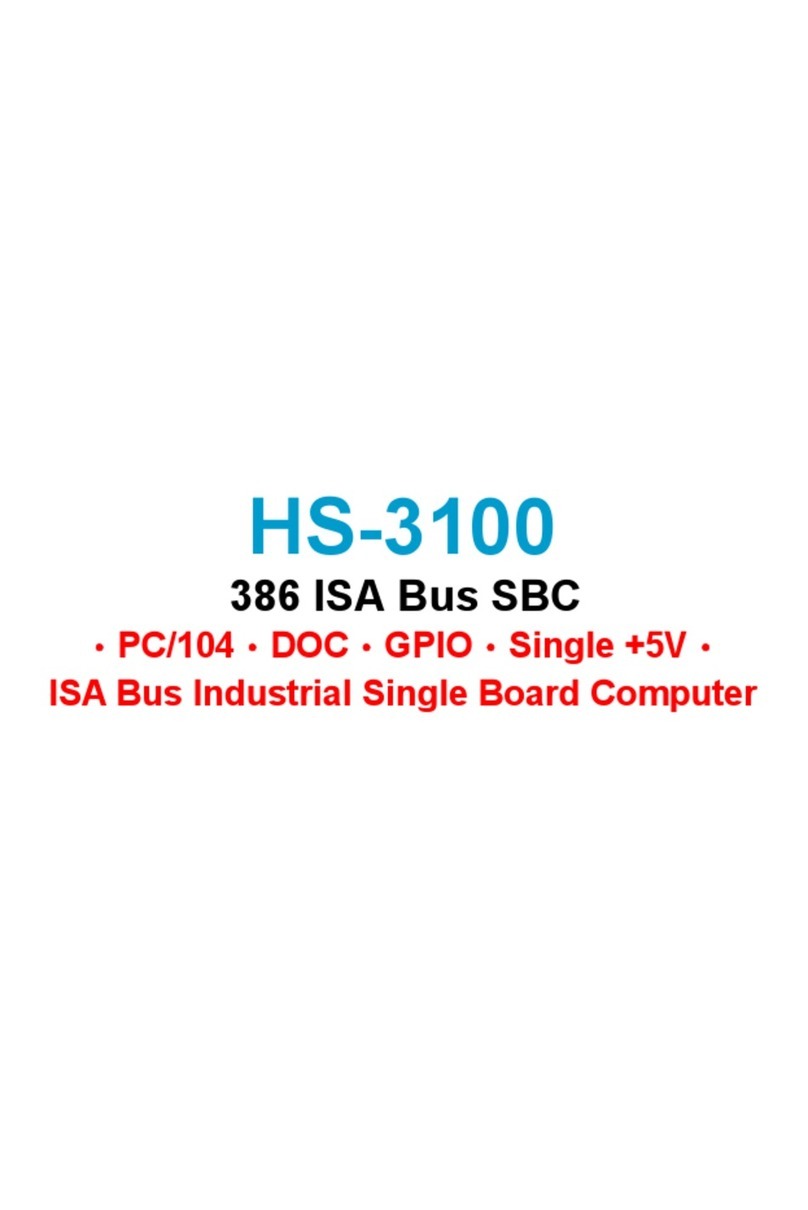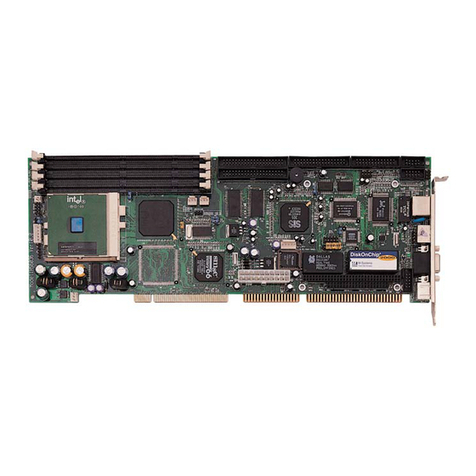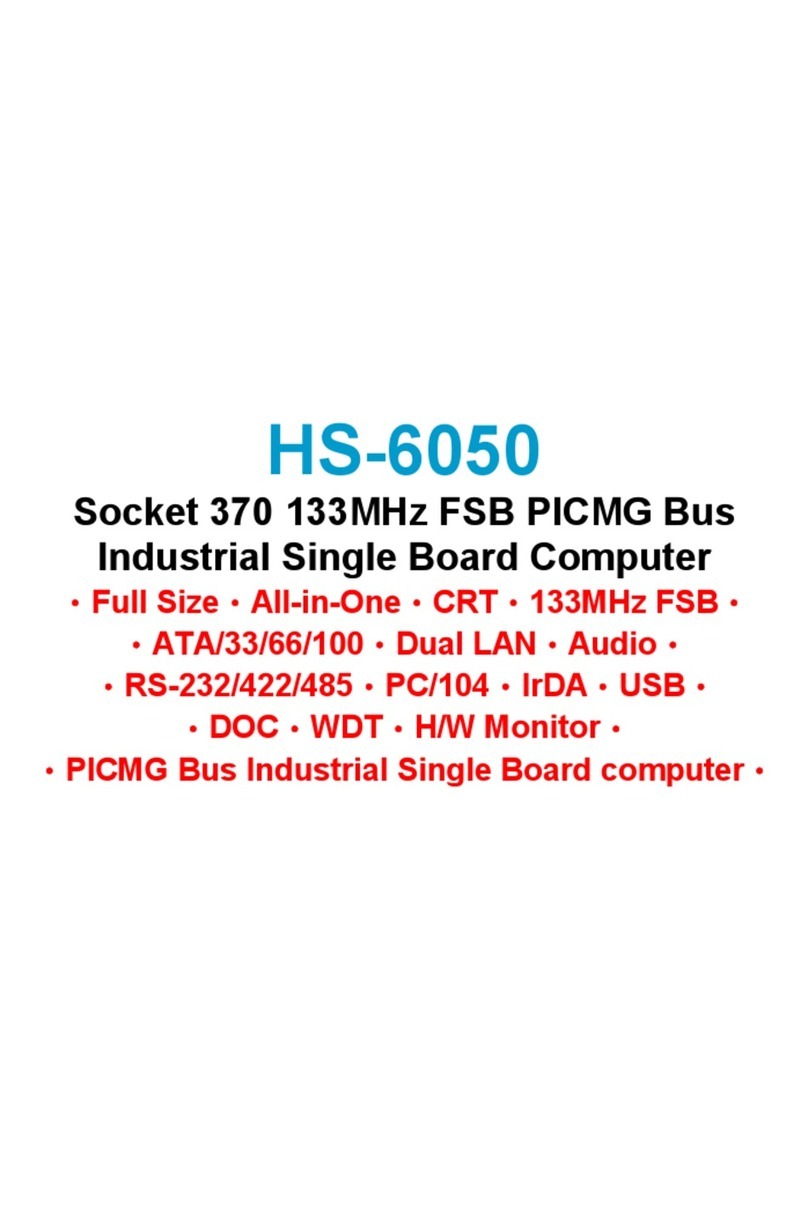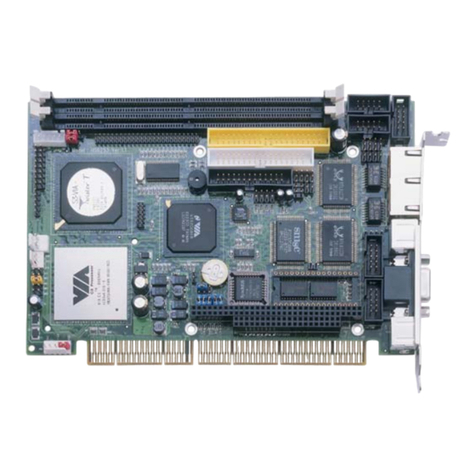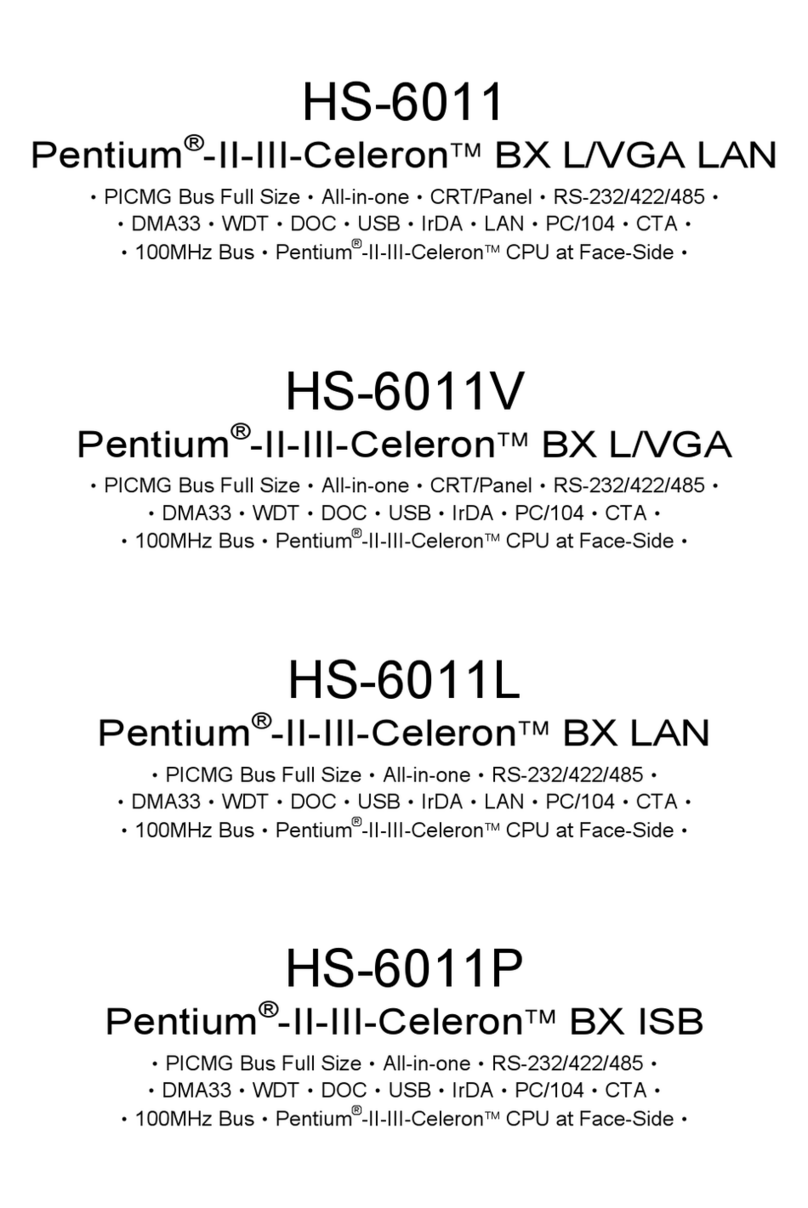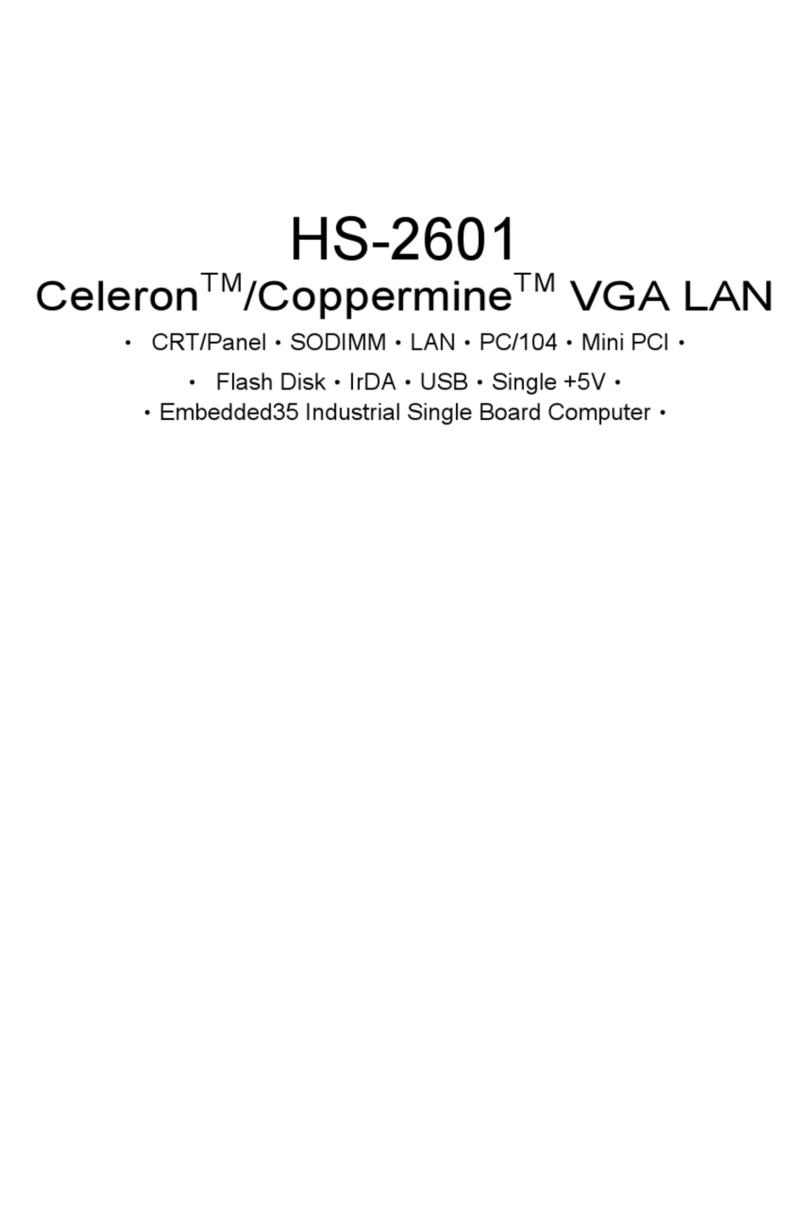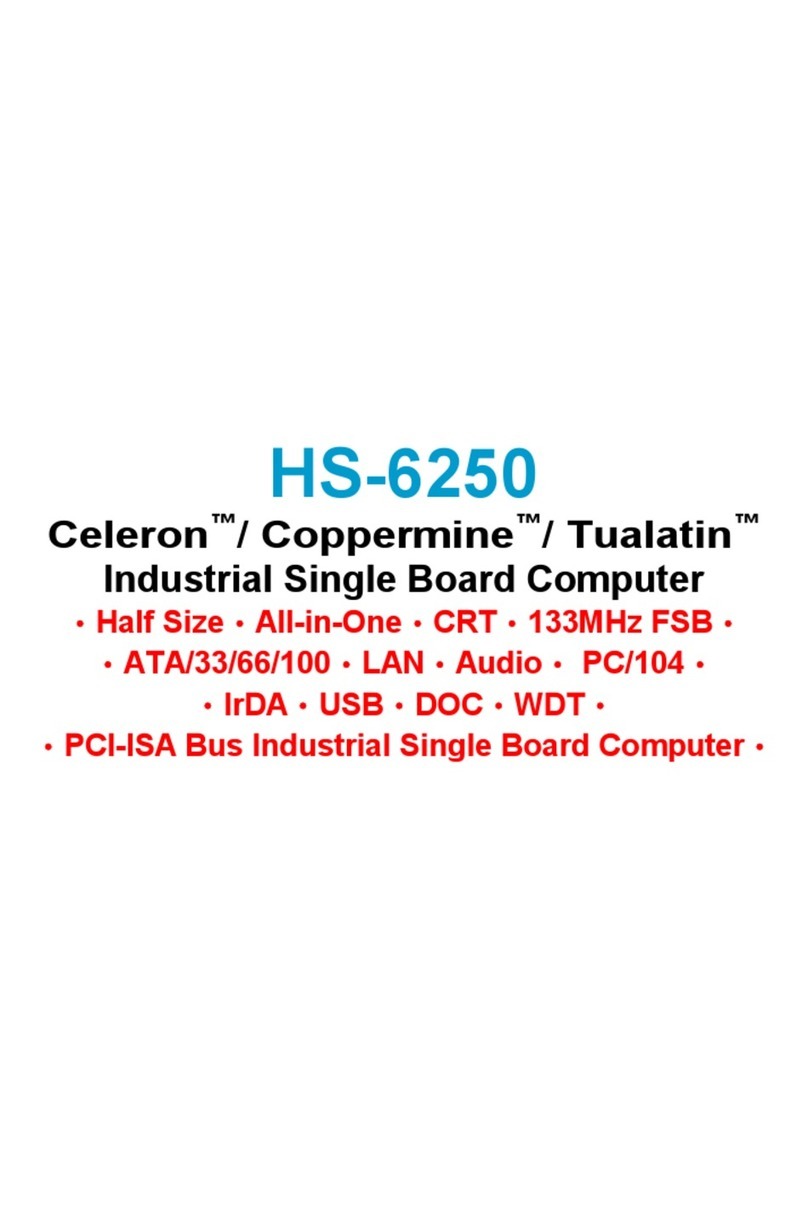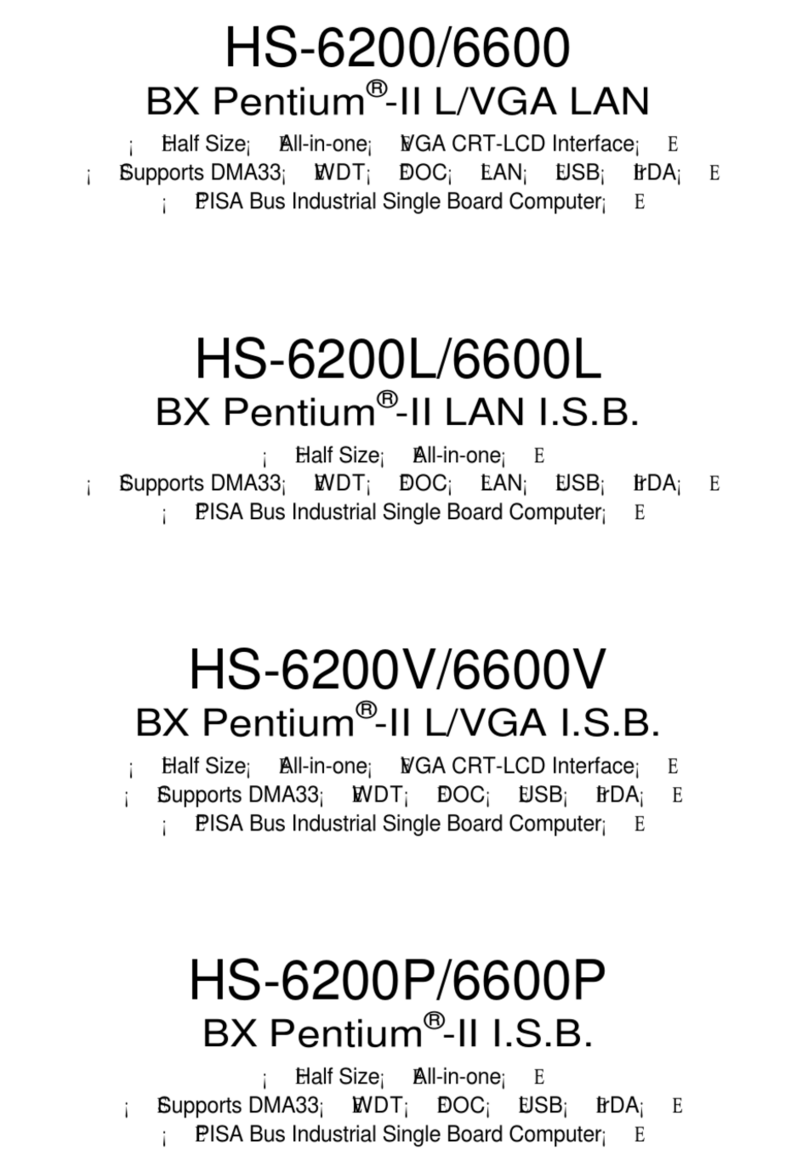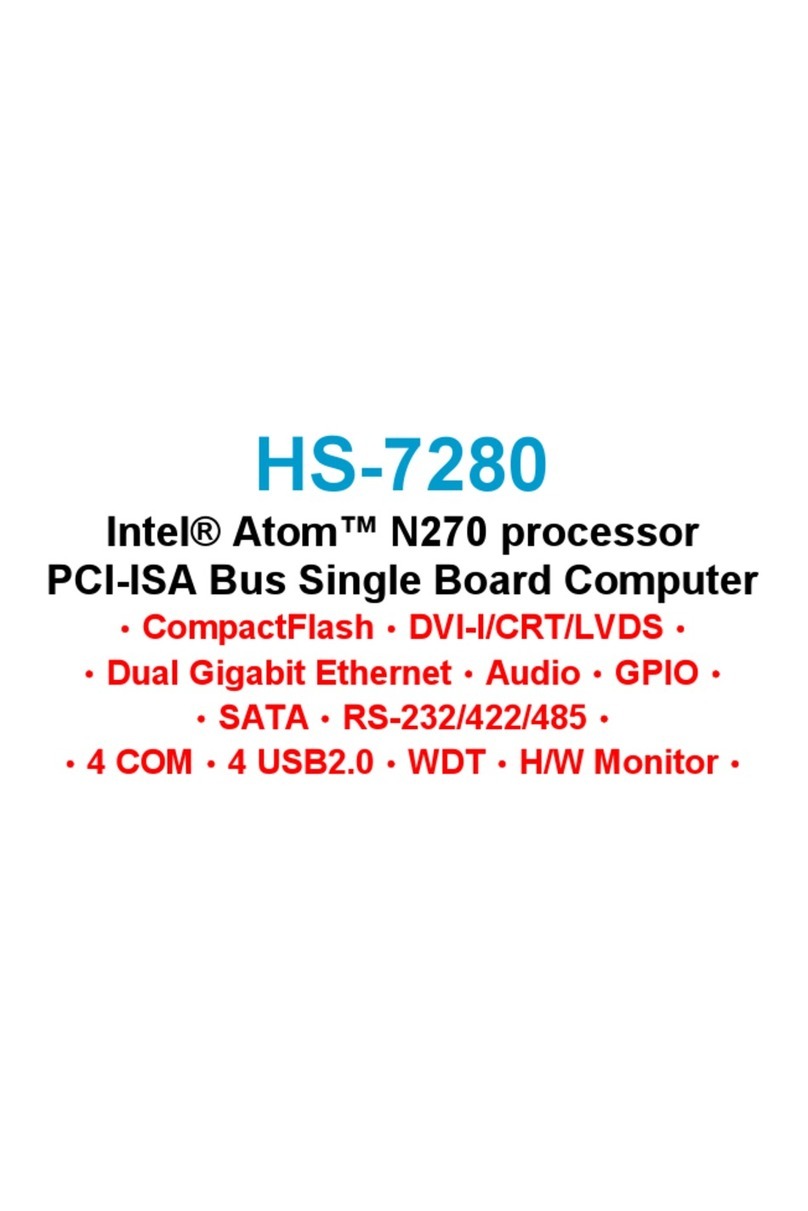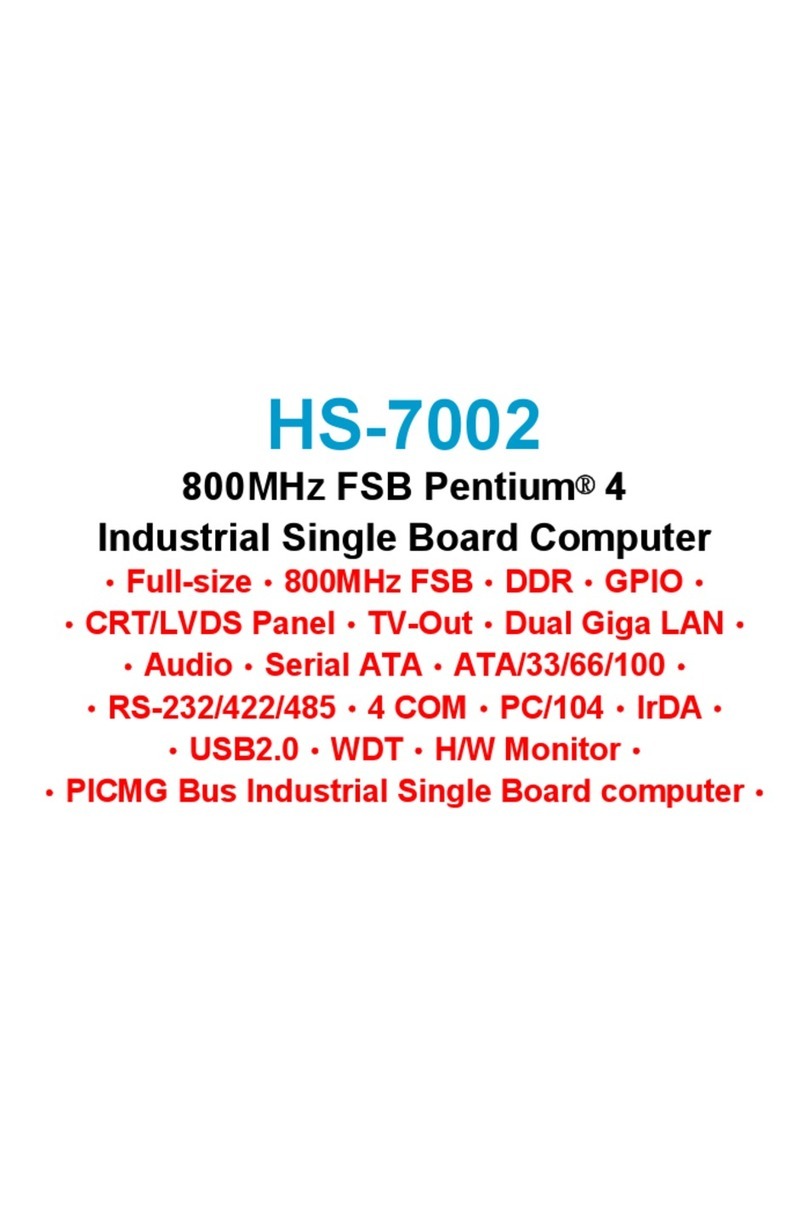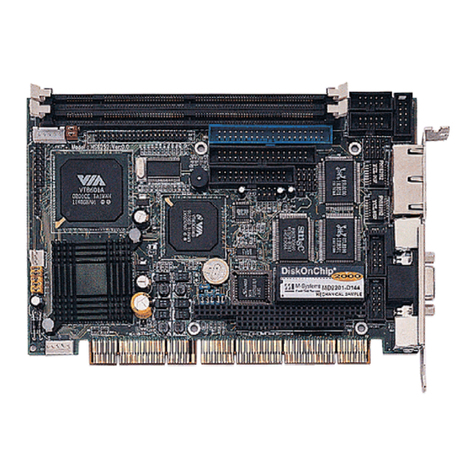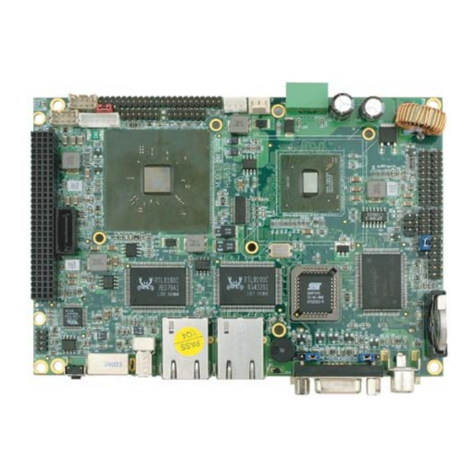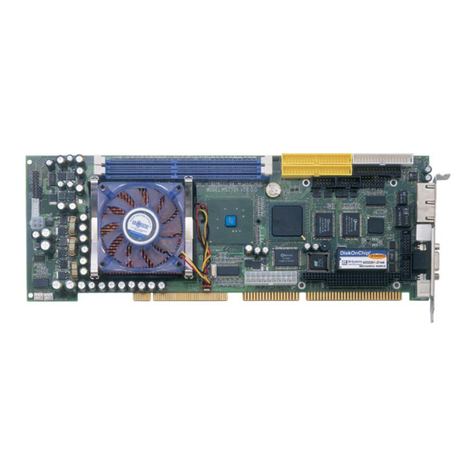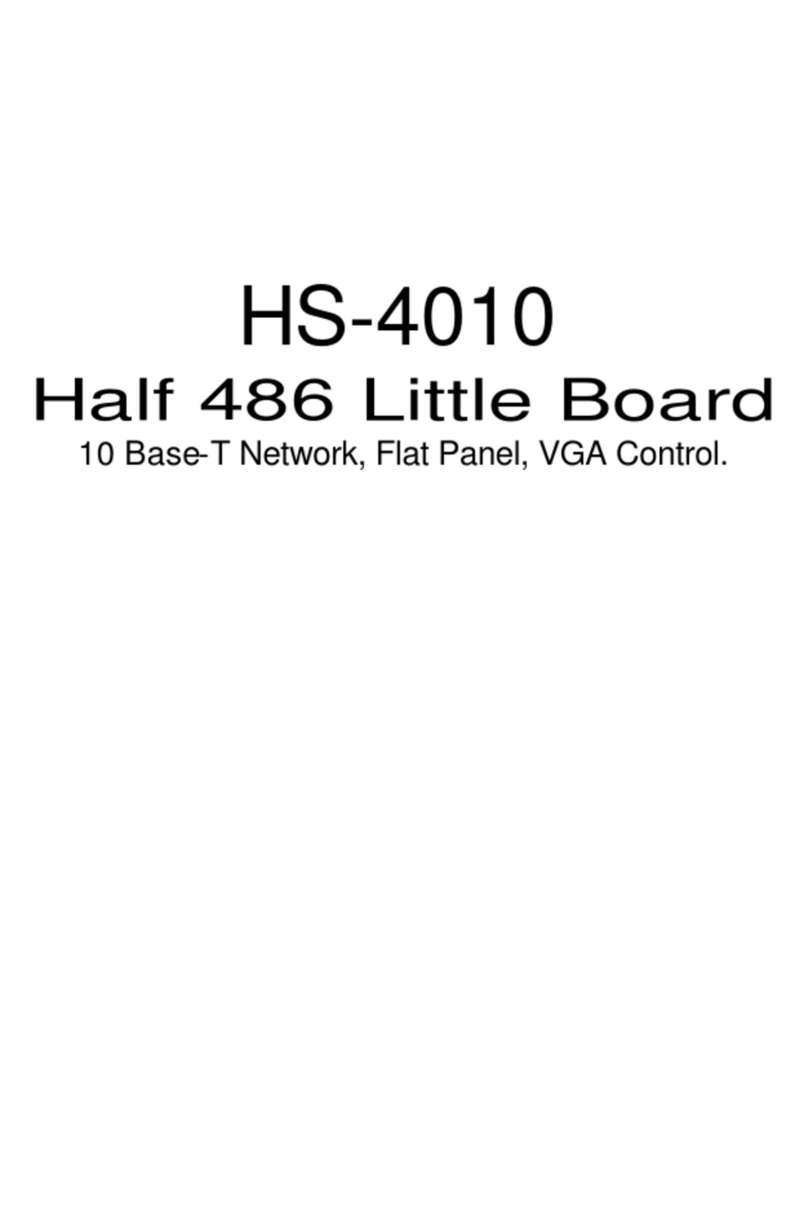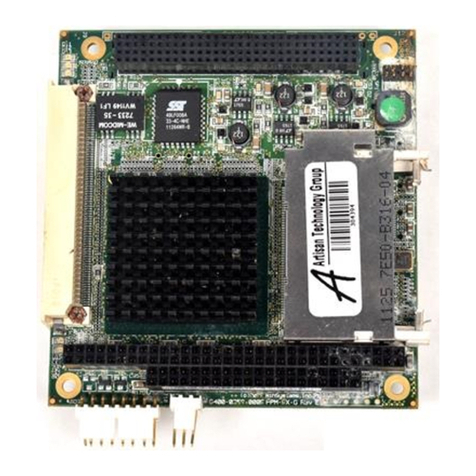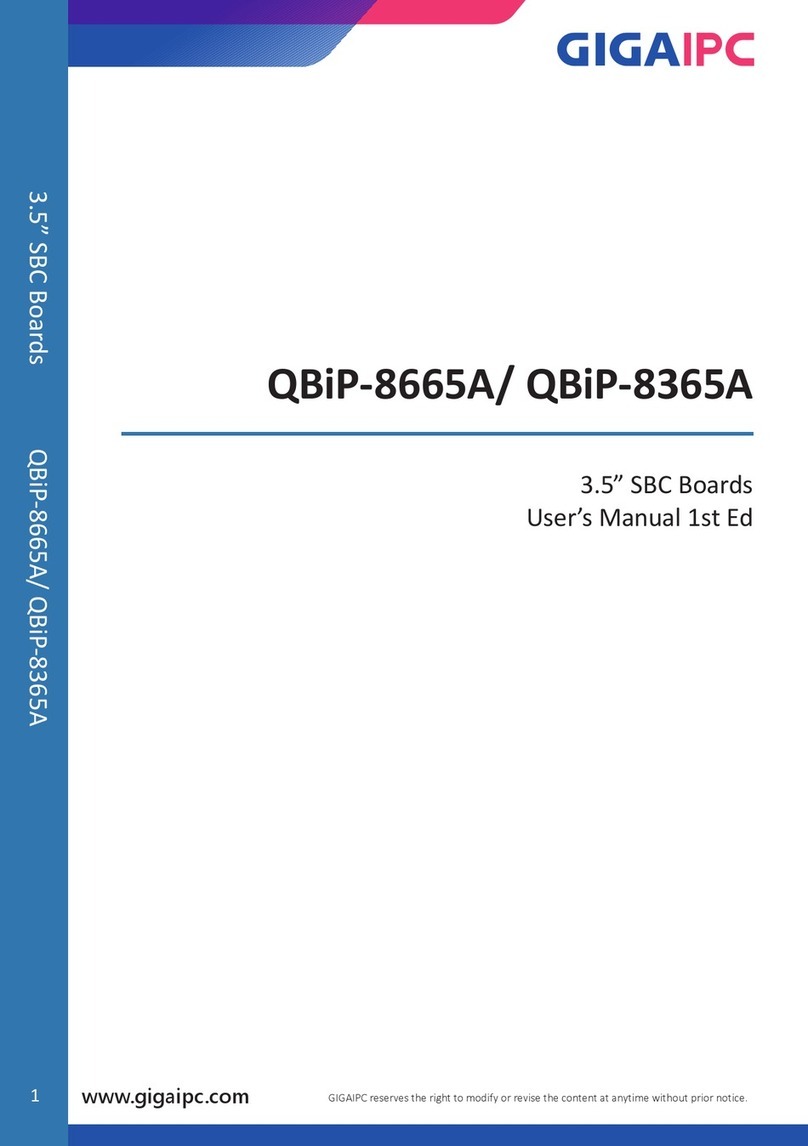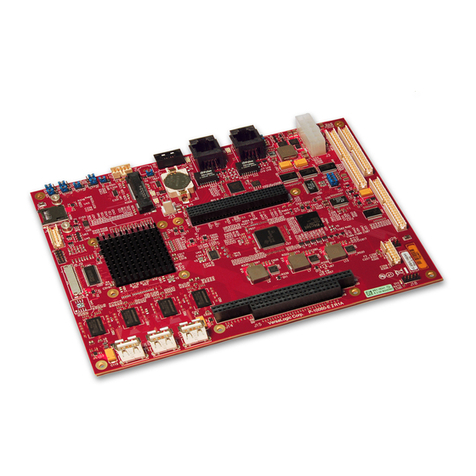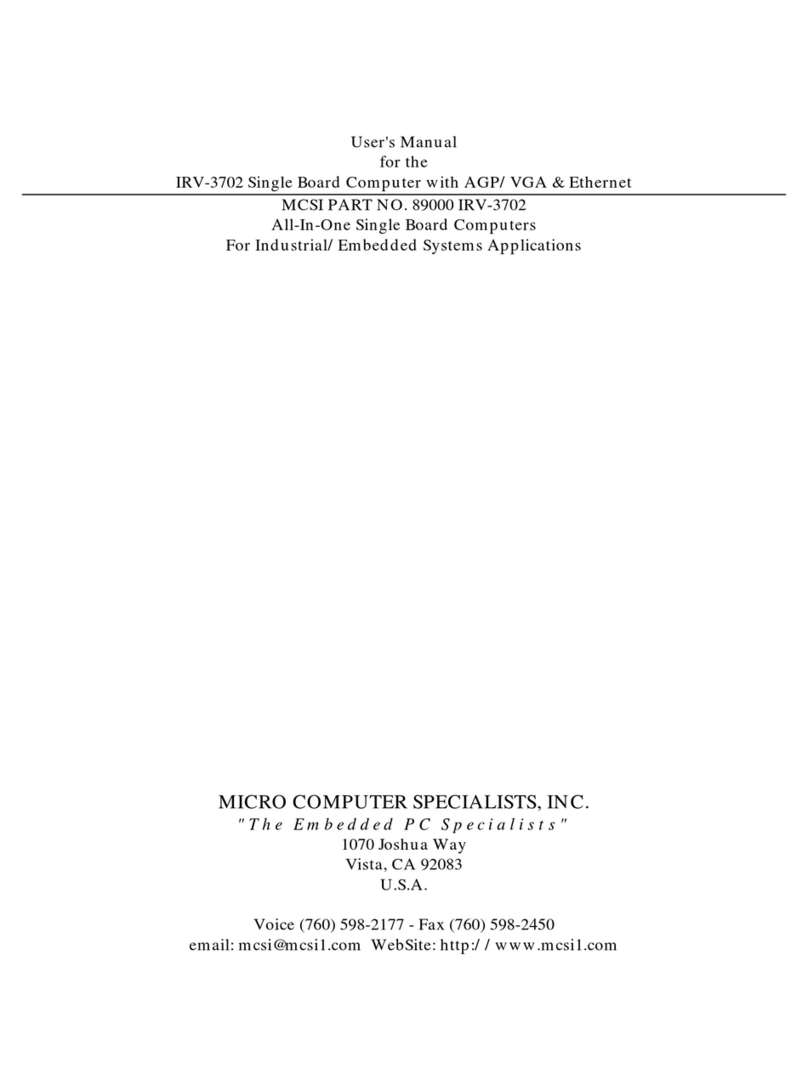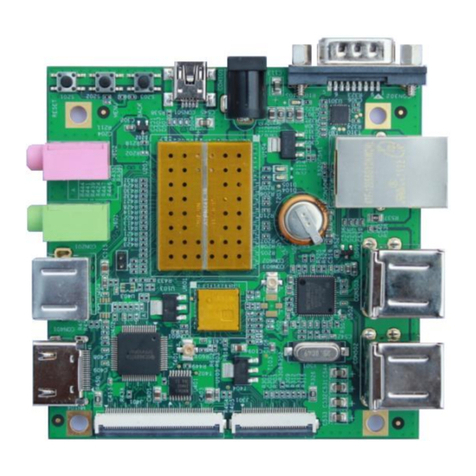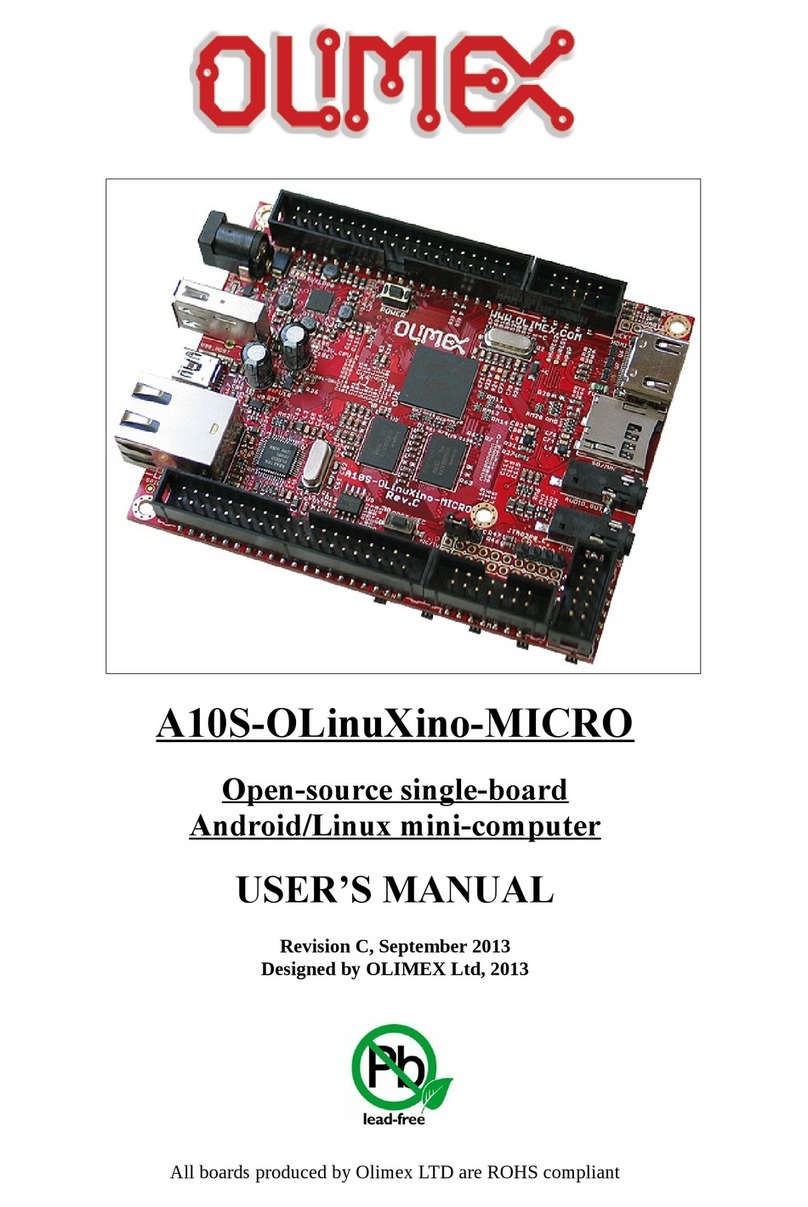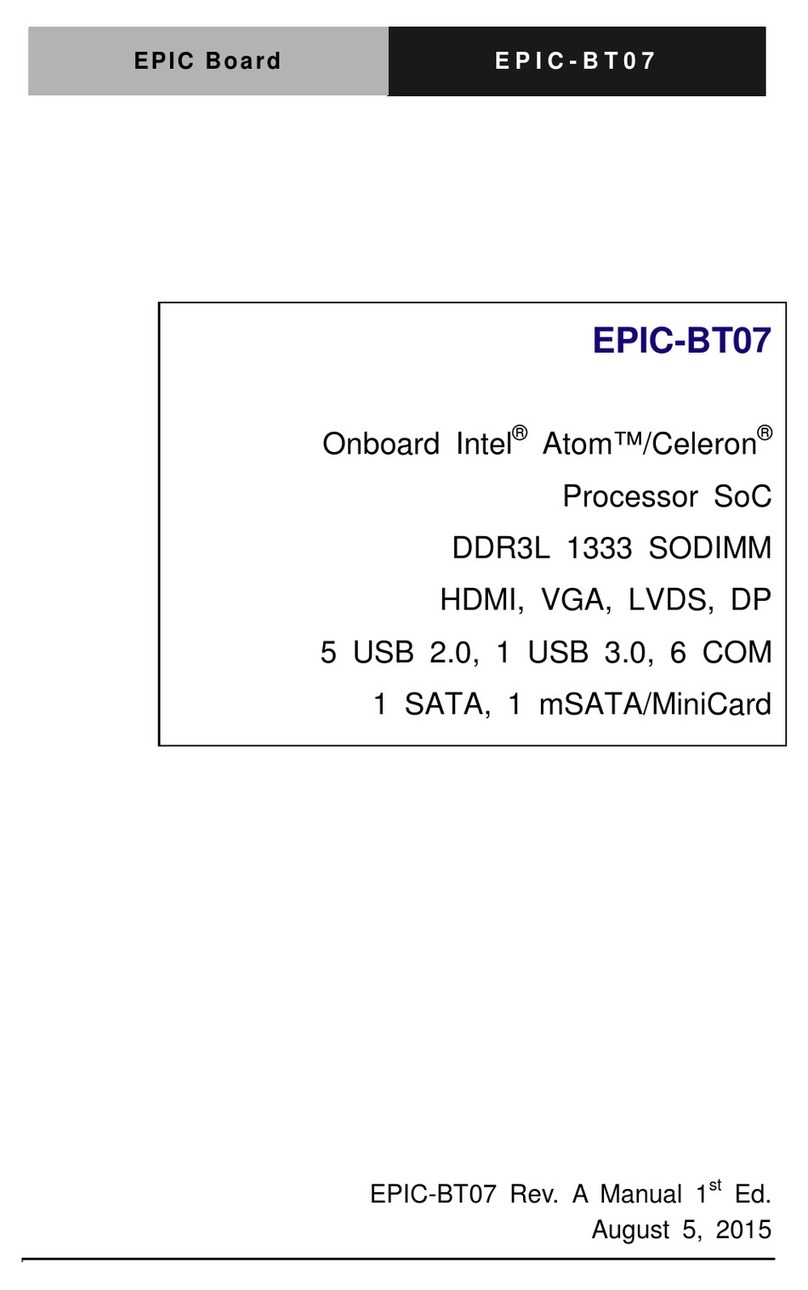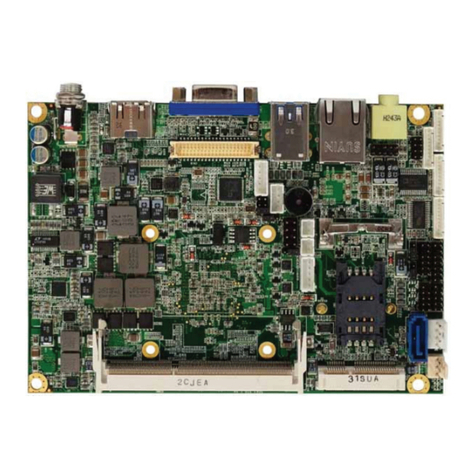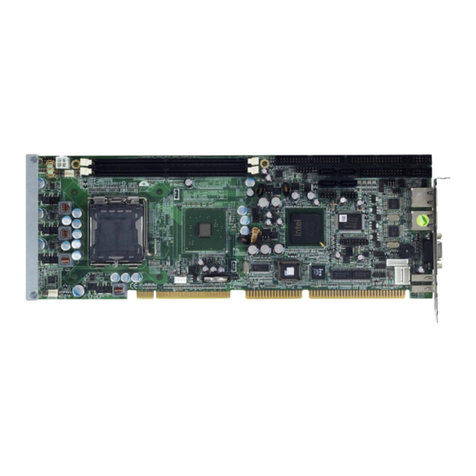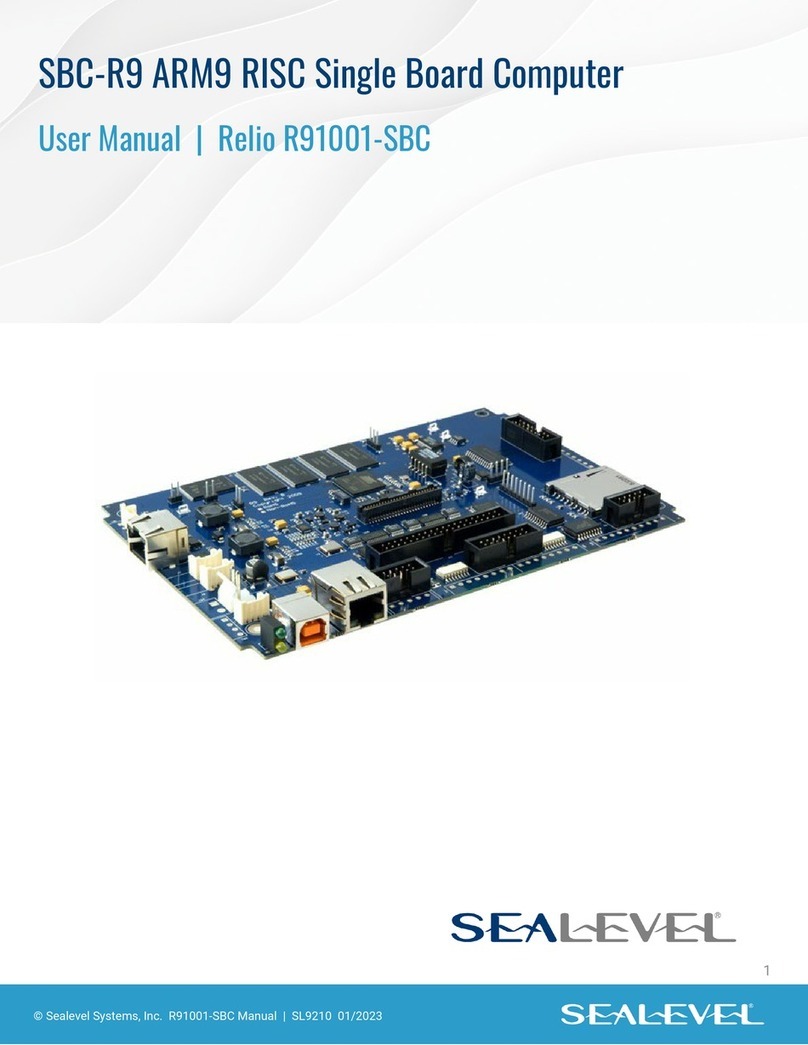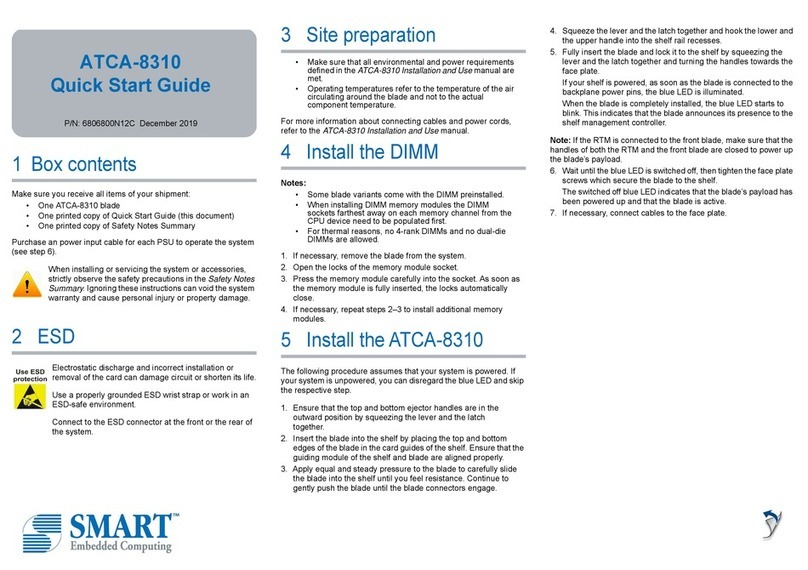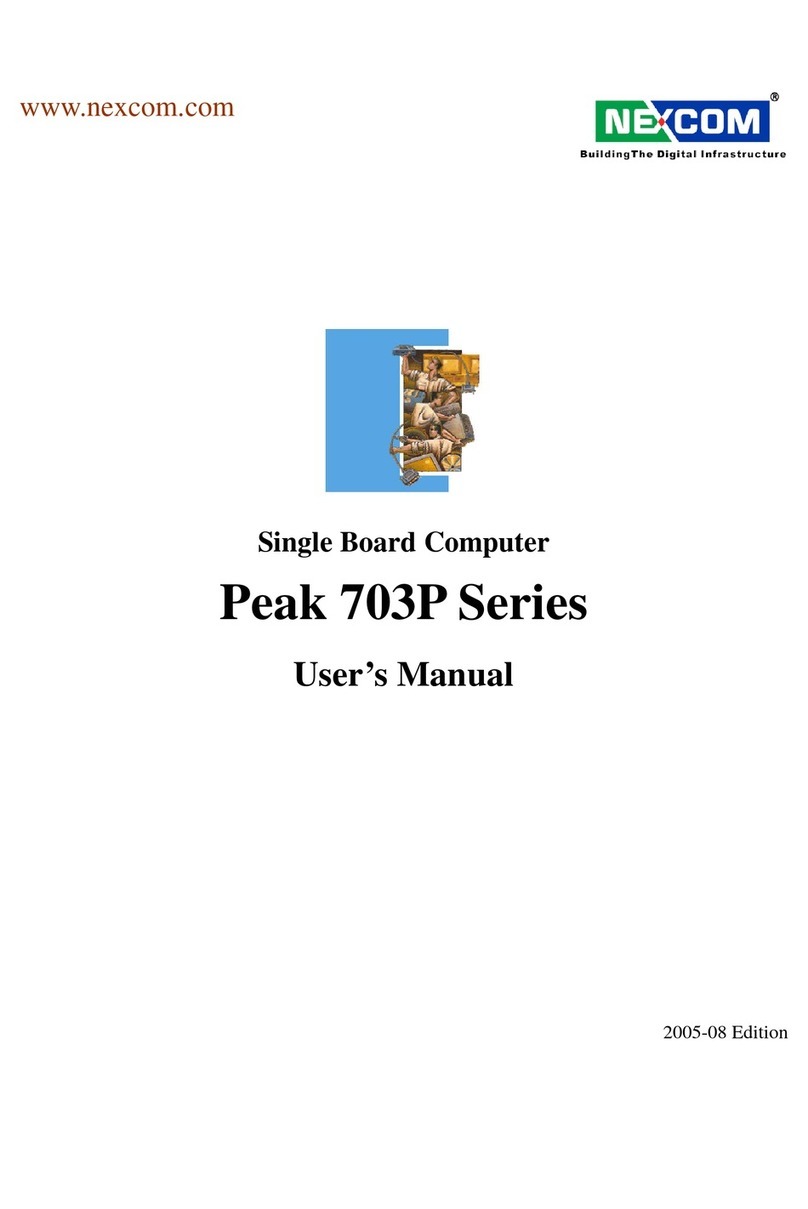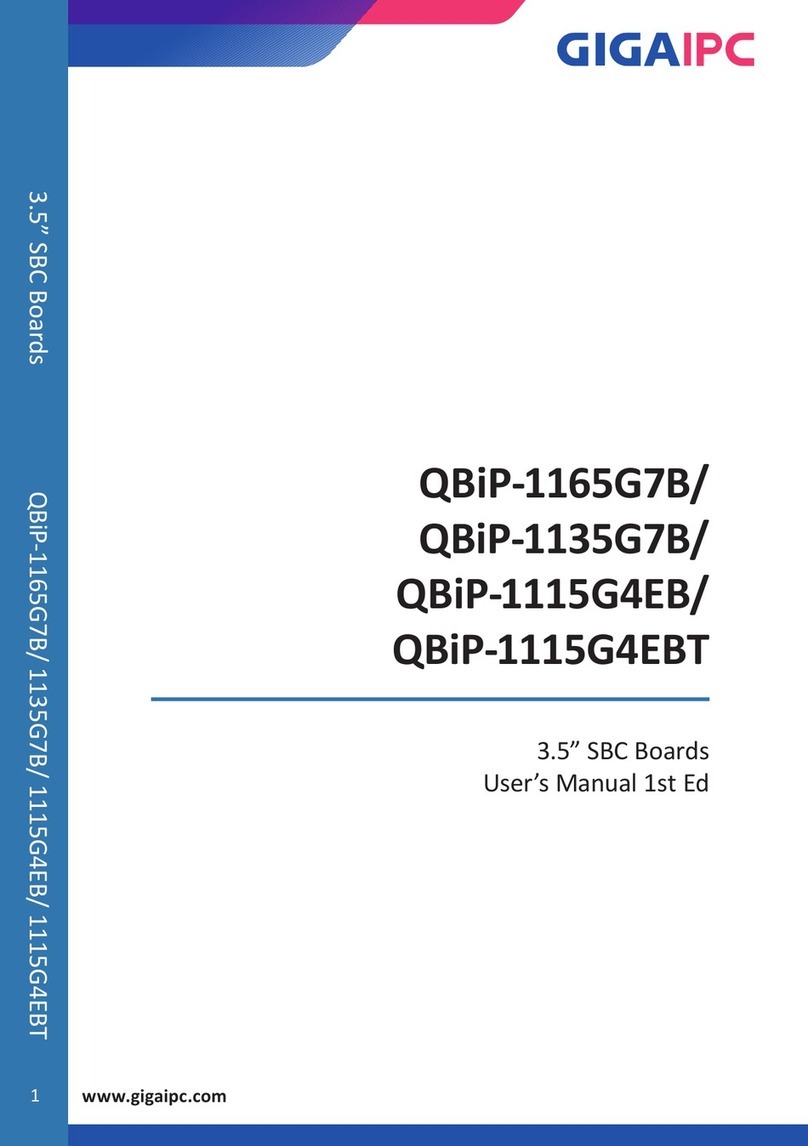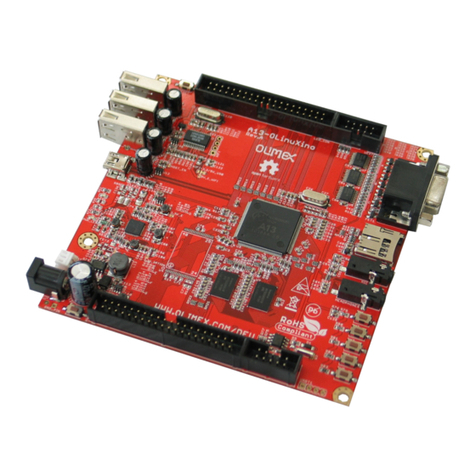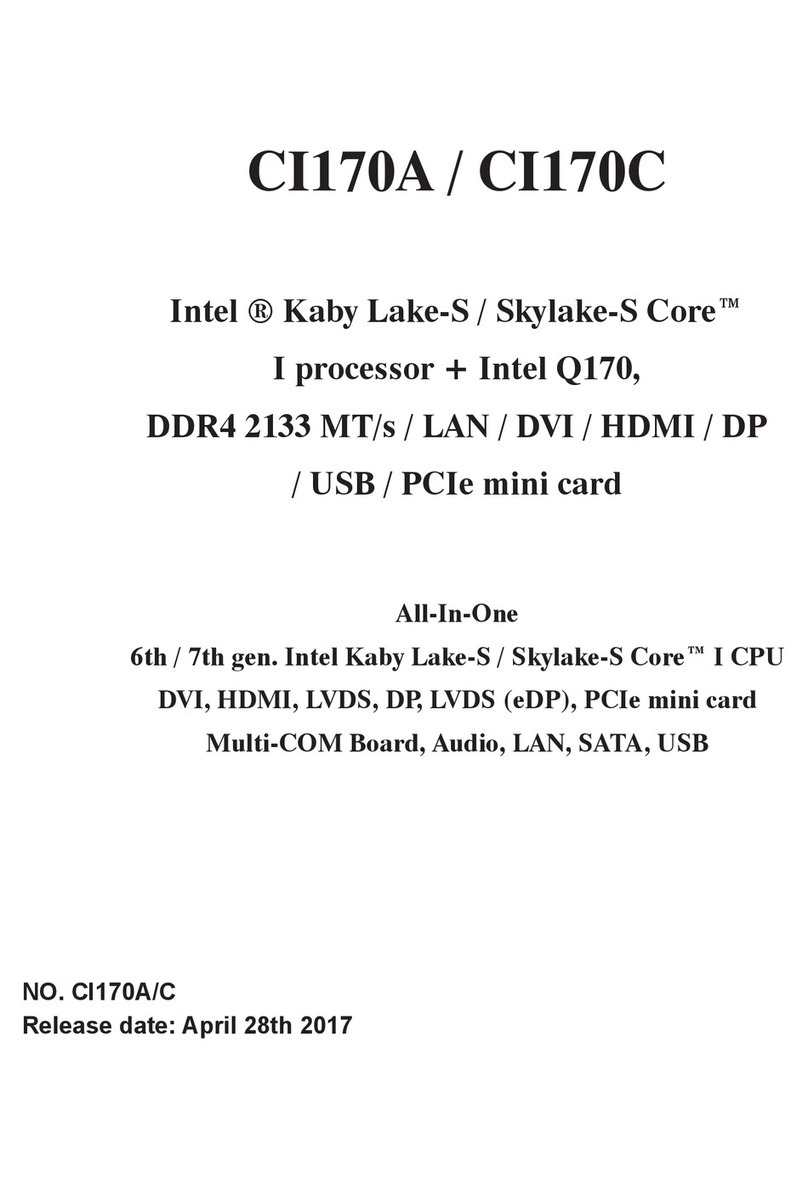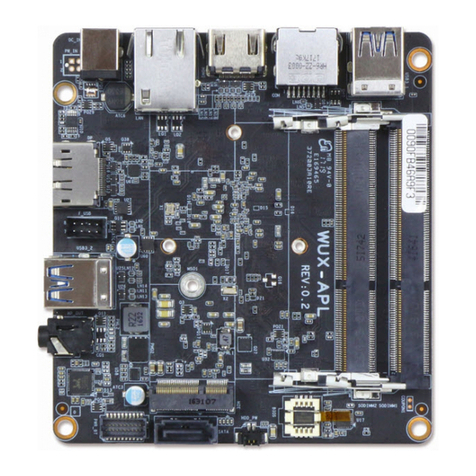
Contents •
••
•i
Contents
HS-6300......................................................................................................1
CAUTION OF PENTIUM®II/III PROCESSOR MODULE
INSTALLATION...........................................................錯誤! 尚未定義書籤。
GENERAL INFORMATION .......................................錯誤! 尚未定義書籤。
1.1 MAJOR FEATURES.....................................................................................5
1.2 SPECIFICATIONS................................................... 錯誤
錯誤錯誤
錯誤! 尚未定義書籤。
尚未定義書籤。尚未定義書籤。
尚未定義書籤。
1.3 DELIVERY PACKAGE............................................. 錯誤
錯誤錯誤
錯誤! 尚未定義書籤。
尚未定義書籤。尚未定義書籤。
尚未定義書籤。
GENERAL INSTALLATION ............................................................................6
2.1 CAUTION OF STATIC ELECTRICITY............................................................6
2.2 CAUTION ON UNPACKING AND BEFORE INSTALLATION錯誤
錯誤錯誤
錯誤! 尚未定義書籤。
尚未定義書籤。尚未定義書籤。
尚未定義書籤。
2.3 HS-6300'S LAYOUT ............................................ 錯誤
錯誤錯誤
錯誤! 尚未定義書籤。
尚未定義書籤。尚未定義書籤。
尚未定義書籤。
2.4 QUICK LISTING OF JUMPERS............................... 錯誤
錯誤錯誤
錯誤! 尚未定義書籤。
尚未定義書籤。尚未定義書籤。
尚未定義書籤。
2.5 QUICK LISTING OF CONNECTORS..........................................................12
2.6 JUMPER SETTING DESCRIPTION......................... 錯誤
錯誤錯誤
錯誤! 尚未定義書籤。
尚未定義書籤。尚未定義書籤。
尚未定義書籤。
2.7 MANUFACTURE DEFAULT SETTING........................................................14
2.8 SETTING THE CPU'S PROCESSOR CORE FREQUENCY & CPU BASE CLOCK....14
2.9 DISKONCHIPTM ADDRESS SETTING ......................................................18
2.10 WATCH-DOG TIMER.............................................................................12
2.11 USB PORTS CONNECTOR................................ 錯誤
錯誤錯誤
錯誤! 尚未定義書籤。
尚未定義書籤。尚未定義書籤。
尚未定義書籤。
2.12 SETTING THE RTC CONFIGURATION...................................................14
2.13 SYSTEM MEMORY DRAM....................................................................14
2.14 PCI VGA CONTROLLER ......................................................................18
CONNECTION.................................................................................................15
3.1 POWER CONNECTOR ..............................................................................15
3.2 IDE'S LED, KEYLOCK AND RESET BUTTON...........................................16
3.3 EXTERNAL SPEAKER..............................................................................17
3.4 PS/2 POWER ON/OFF CONTROL ........................................................17
3.5 PCI E-IDE DRIVE CONNECTOR ............................................................18
3.6 PARALLEL PORT CONNECTOR...............................................................19
3.7 THE FLOPPY DISK DRIVE CONNECTOR.................................................19
3.8 SERIAL PORTS CONNECTORS ..............................................................20
